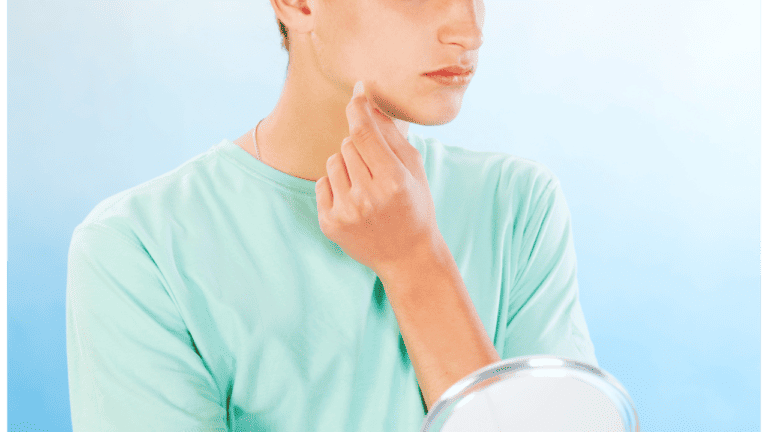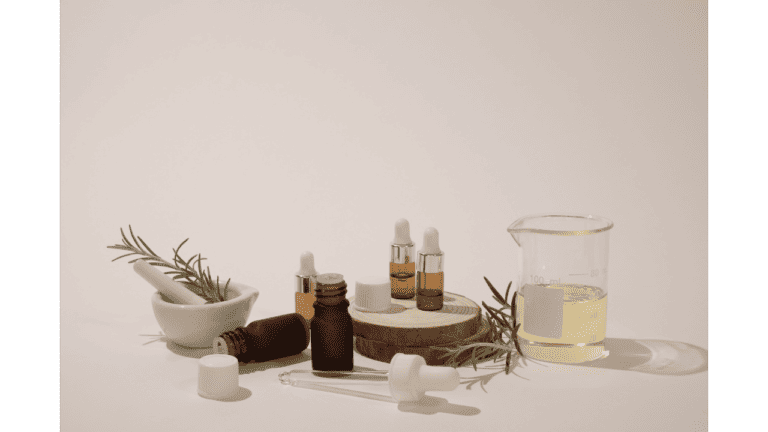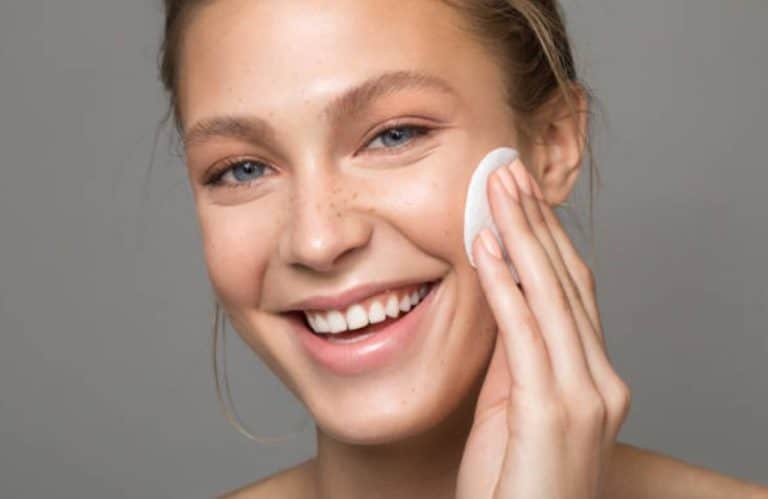When it comes to skincare, applying sunscreen is a crucial step in protecting the skin from harmful UV rays. But when is the best time to apply sunscreen in your routine? The answer is not as simple as you might think.

Firstly, we should know that Sunscreen protects the skin from the sun’s harmful UV rays, which can cause skin damage, premature aging, and even skin cancer. UV rays can penetrate through clouds and windows, so it’s important to wear sunscreen even on cloudy days or when indoors near windows.
When it comes to applying sunscreen in your routine, the general rule of thumb is to apply it as the last step before makeup or moisturizer. This ensures that the sunscreen is the top layer of protection on the skin. However, if you’re using a chemical sunscreen, it’s important to let it sink into the skin for at least 15 minutes before applying makeup or moisturizer. This allows the sunscreen to fully bond with the skin and provide maximum protection.
Key Takeaways
- Sunscreen protects the skin from harmful UV rays that can cause skin damage, premature aging, and skin cancer.
- Apply sunscreen as the last step in your skincare routine, but allow at least 15 minutes for chemical sunscreen to bond with the skin before applying makeup or moisturizer.
- Wear sunscreen even on cloudy days or when indoors near windows to protect the skin from UV rays.
Understanding Applying Chemical vs mineral sunscreen

When it comes to skincare, sunscreen is one of the most important products to use. It helps protect the skin from harmful UV rays that can lead to premature aging, sunburn, and even skin cancer. However, with so many different types of sunscreen available, it can be difficult to know which one to choose and when to apply it in your skincare routine.
the 2 Types of Sunscreen
There are two main types of sunscreen: chemical and mineral. Chemical sunscreen contains ingredients that absorb UV rays before they can penetrate the skin. Mineral sunscreen, on the other hand, contains ingredients like zinc oxide and titanium dioxide that reflect UV rays away from the skin, these are usually the ones that leave a white cast on the skin.
Chemical sunscreens tend to be more lightweight and easier to blend into the skin, while mineral sunscreens can be thicker. However, mineral sunscreens are often better for those with sensitive skin, as they are less likely to cause irritation.
SPF and Broad Spectrum Explained
When choosing a sunscreen, it’s important to look for one that is both SPF (sun protection factor) and broad spectrum. SPF measures the level of protection against UVB rays, which are the rays that cause sunburn. Broad spectrum, on the other hand, protects against both UVB and UVA rays, which are the rays that cause premature aging and skin cancer.
It’s recommended to use a sunscreen with at least SPF 30 and broad spectrum protection every day, even on cloudy days or when staying indoors for prolonged periods.
Sunscreen Ingredients and Skin Types
There are many types of sunscreens to try, although many of us feel that sunscreen feels oily and gross to wear, recently many companies have been coming up with formulations that feel so lightweight you barely notice that they’re there.
For example, those with oily skin would be able to find a lightweight, oil-free sunscreen that won’t clog pores. Whilst those with dry skin would definitely be able to find a moisturizing sunscreen that helps hydrate the skin.
Zinc oxide and titanium dioxide are common ingredients in mineral sunscreens and are often recommended for those with sensitive skin. They are less likely to cause irritation or allergic reactions than chemical sunscreen ingredients like oxybenzone or avobenzone.
Overall, understanding sunscreen and its role in skincare is crucial for maintaining healthy, youthful-looking skin. By choosing the right type of sunscreen and applying it correctly in your skincare routine, you can protect your skin from the harmful effects of the sun and maintain a healthy, radiant complexion.
How to apply Sunscreen in Your Routine
After your skincare routine
Dermatologists recommend applying sunscreen as the final step in your morning skincare routine, after cleansing, toning and moisturizing, essentially before your makeup. Also, ensure that you apply the sunscreen 15 minutes before you go outdoors.
Ensure to apply it to all exposed skin, some commonly missed areas are your nose, ears, lips and neck. It’s also important to apply sunscreen to any other exposed areas of the body if you’ll be outdoors, especially for long periods of time.
When to Reapply
A general rule of thumb is to use reapply sunscreen every 2 hours, even more so if you are constantly swimming or sweating.
Sunscreen can be layered with other skincare products, including moisturizer and makeup. If using a moisturizer with SPF, be sure to apply enough to get the full SPF protection. If using a separate sunscreen, apply it after the moisturizer and before makeup.
When using makeup, choose products that are labeled “broad-spectrum” and have an SPF of 30 or higher. Apply makeup over the sunscreen and be sure to reapply throughout the day if needed.
Reapplication and Special Considerations
Reapplication is key to getting the most benefits from sunscreen, however if you’re outdoors for an extended period of time, consider wearing a hat and clothing that covers the skin for added protection.
When swimming, choose a water-resistant sunscreen and reapply immediately after getting out of the water. If you have sensitive skin or are prone to acne, look for sunscreens that are labeled “non-comedogenic” or “oil-free.”
In summary, sunscreen is an essential part of any skincare routine. Proper application, layering, and reapplication can help protect the skin from sun damage and lower the risk of skin cancer. By following these simple steps, you can enjoy the outdoors while keeping your skin healthy and protected.
Frequently Asked Questions
What is the correct order of applying sunscreen in a skincare routine?
Sunscreen should be the last step in a skincare routine. After cleansing, toning, and applying any serums or treatments, sunscreen should be applied over the entire face and neck area. This is because sunscreen acts as a barrier to protect the skin from harmful UV rays, and applying it last ensures that it is not diluted or disrupted by other products.
Is it necessary to use moisturizer before applying sunscreen?
Yes, it is recommended to use moisturizer before applying sunscreen. Moisturizer helps to hydrate and nourish the skin, creating a smooth and even surface for the sunscreen to adhere to. This can also help to prevent the sunscreen from settling into fine lines and wrinkles, which can make them more noticeable.
How does the application of sunscreen differ when using chemical versus physical formulas?
Chemical sunscreens work by absorbing UV rays and converting them into heat, while physical sunscreens create a physical barrier that reflects UV rays away from the skin. The application of these two types of sunscreen can differ slightly, as physical sunscreens may require more rubbing to blend into the skin, while chemical sunscreens may need to be applied 15-20 minutes before sun exposure to allow time for the product to fully absorb into the skin.
It is important to note that both types of sunscreen are effective when used correctly, and the choice between them ultimately comes down to personal preference and skin type.






